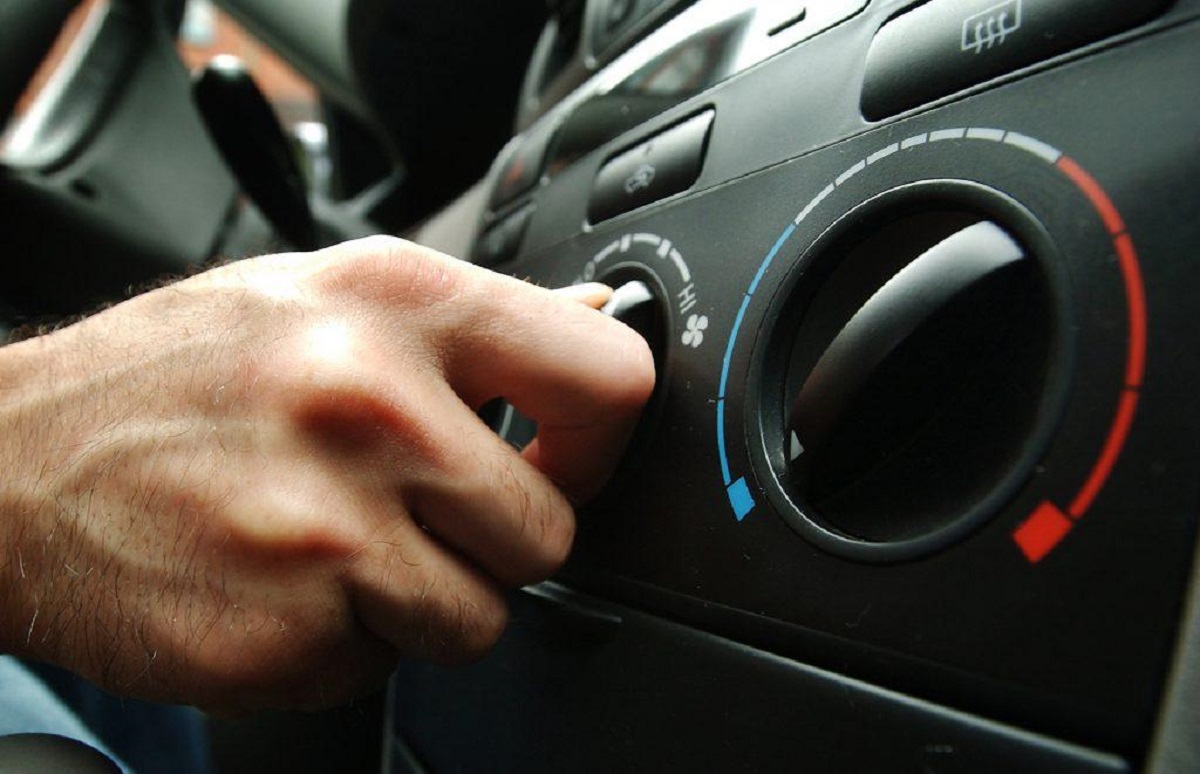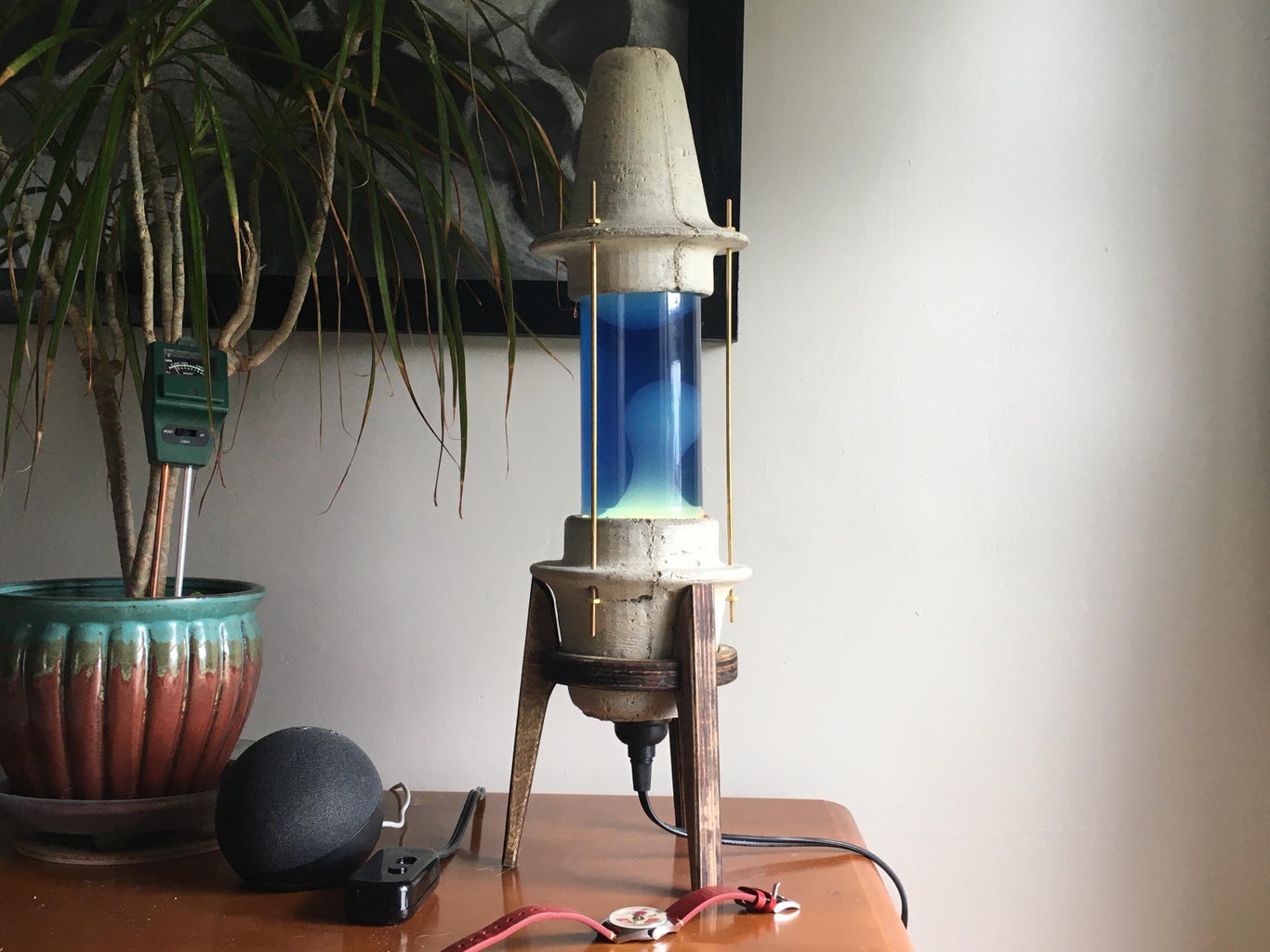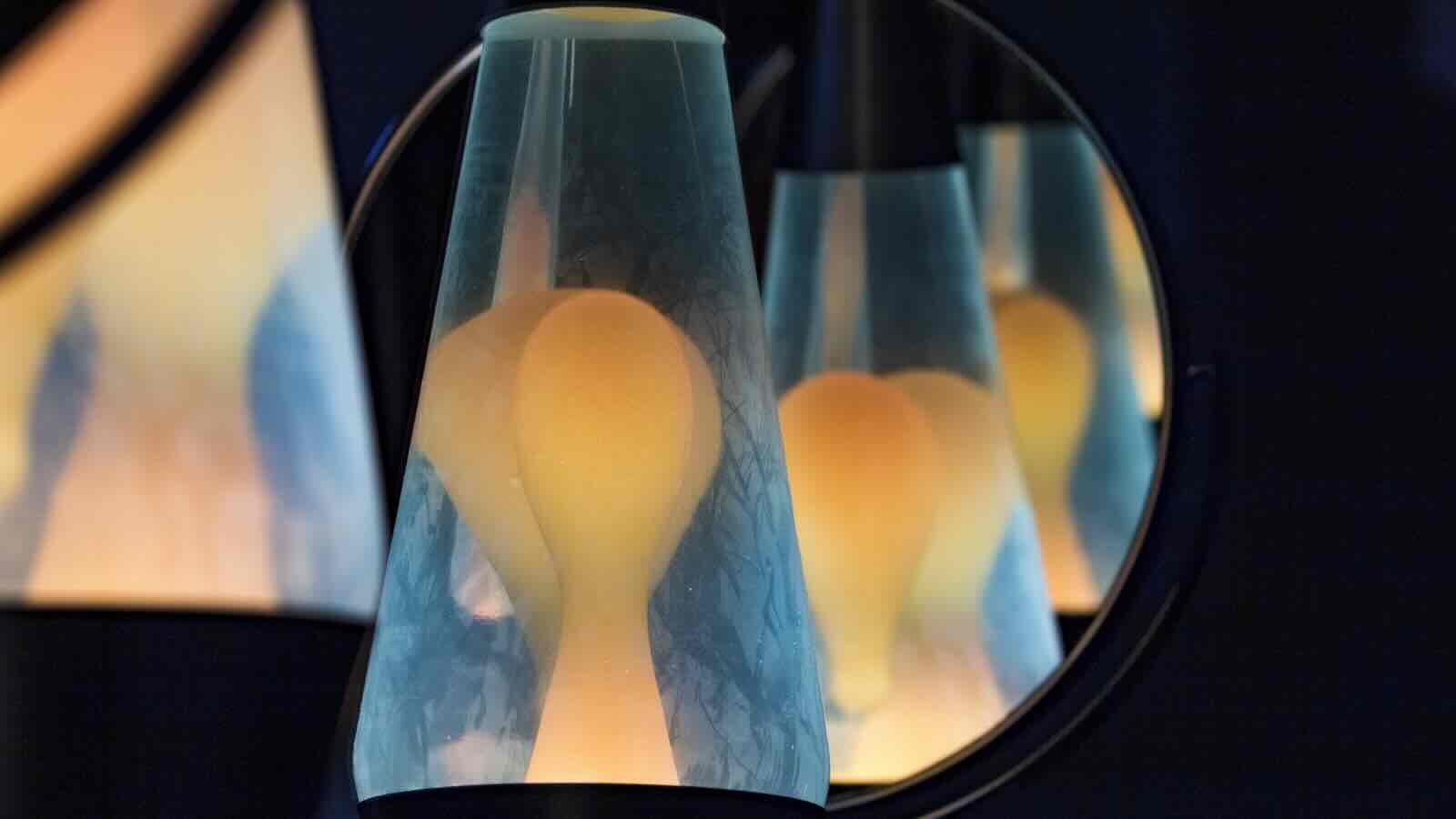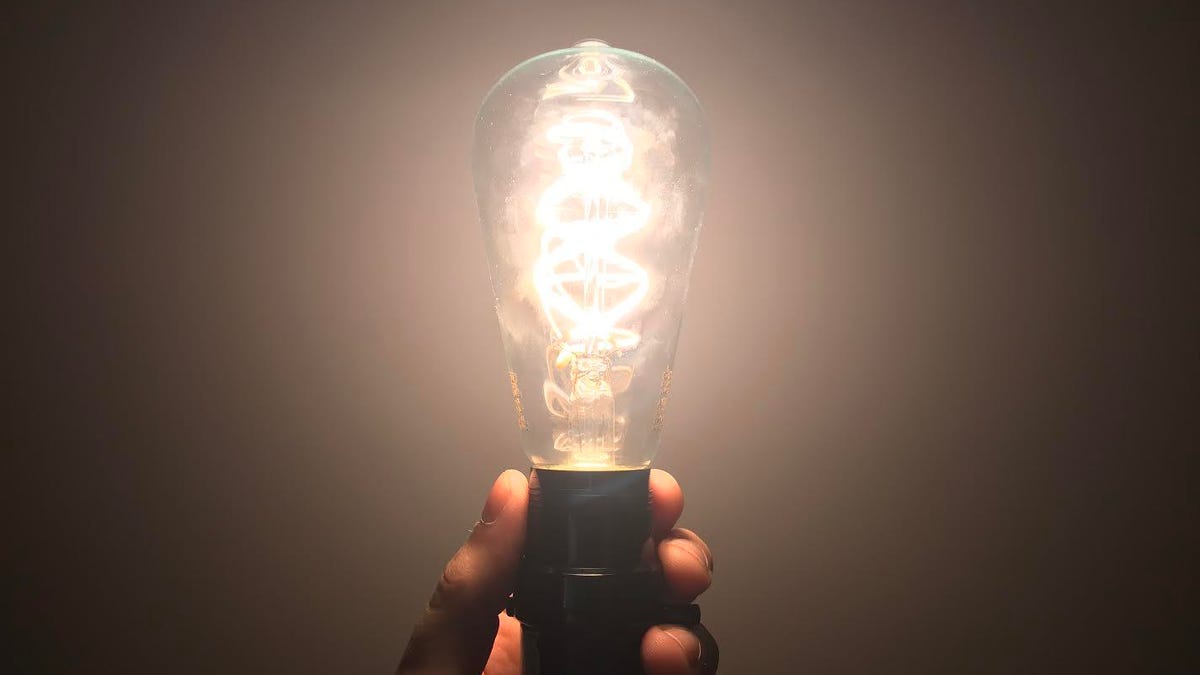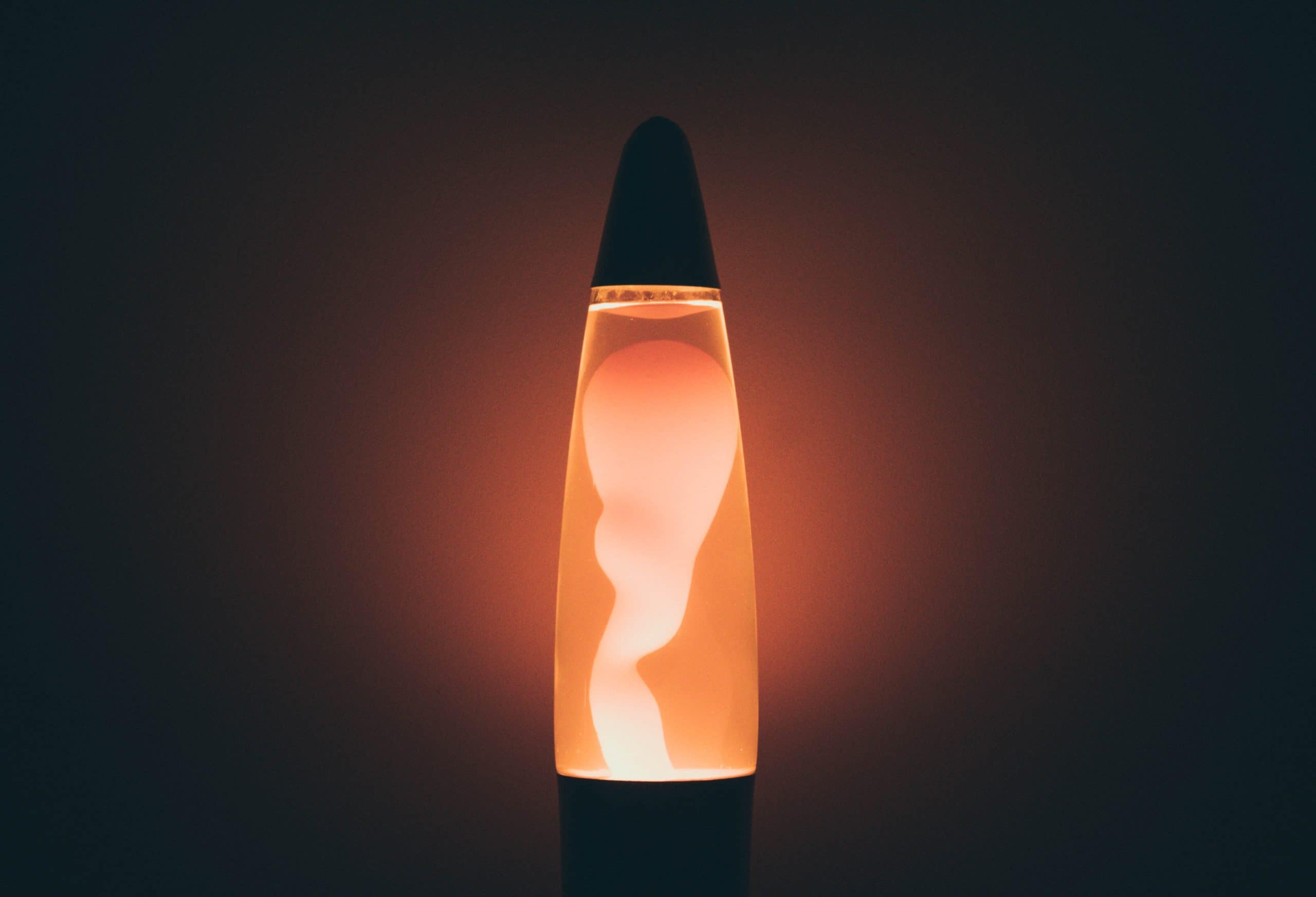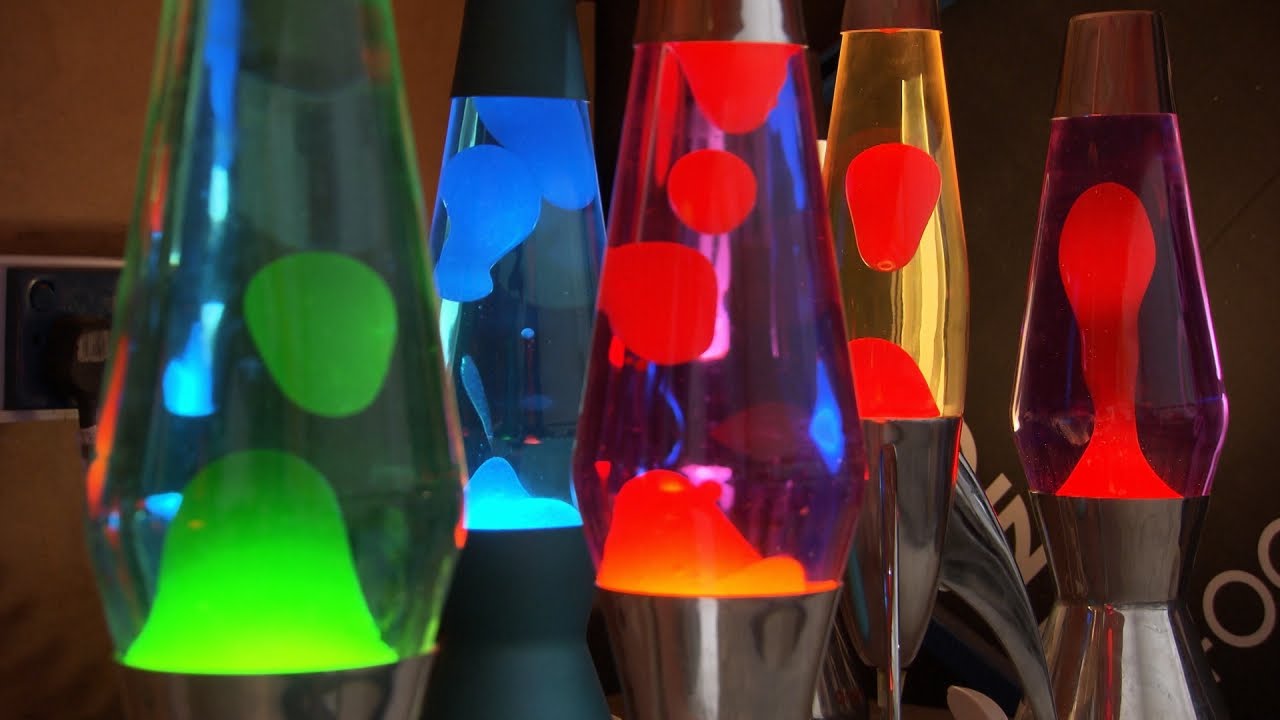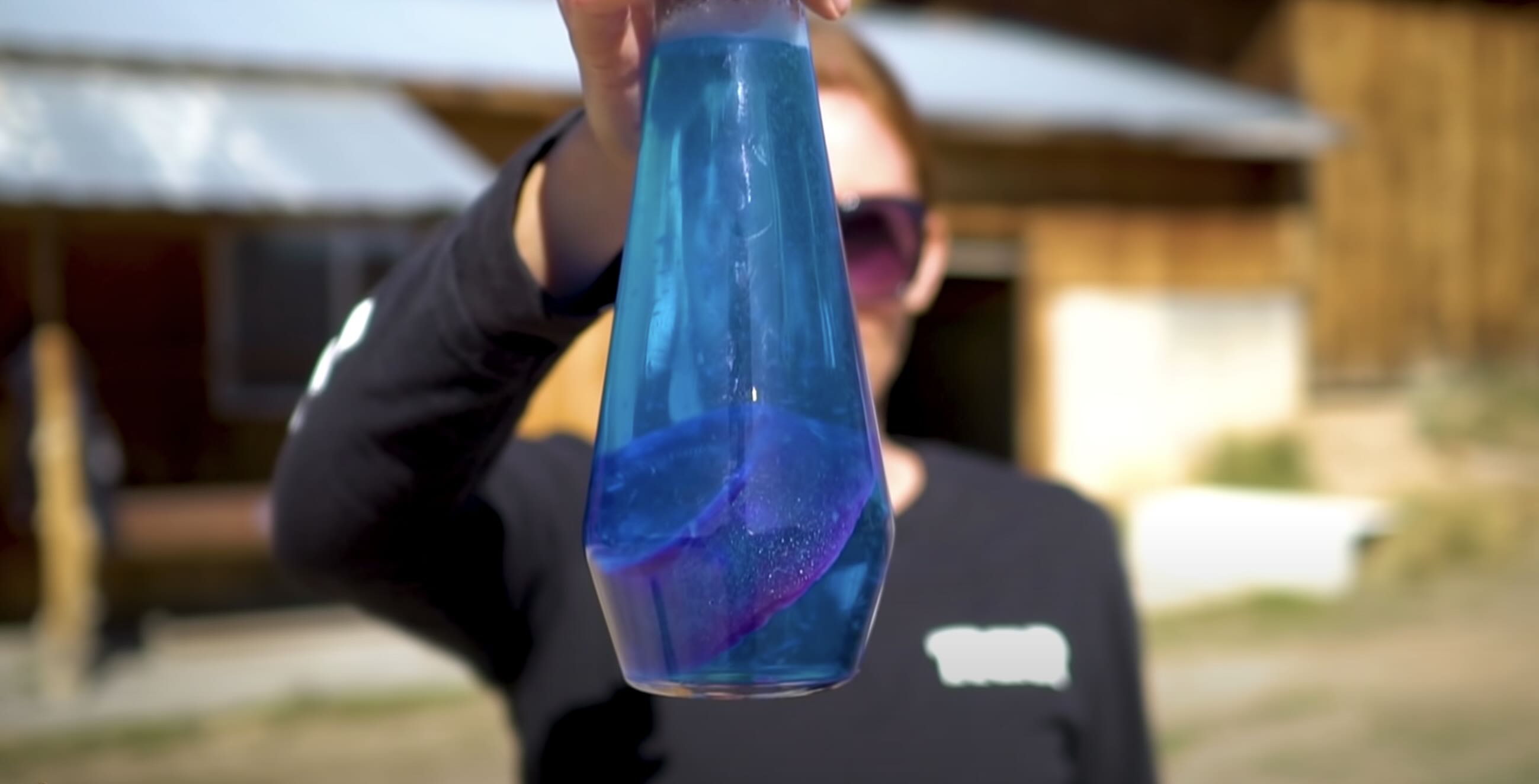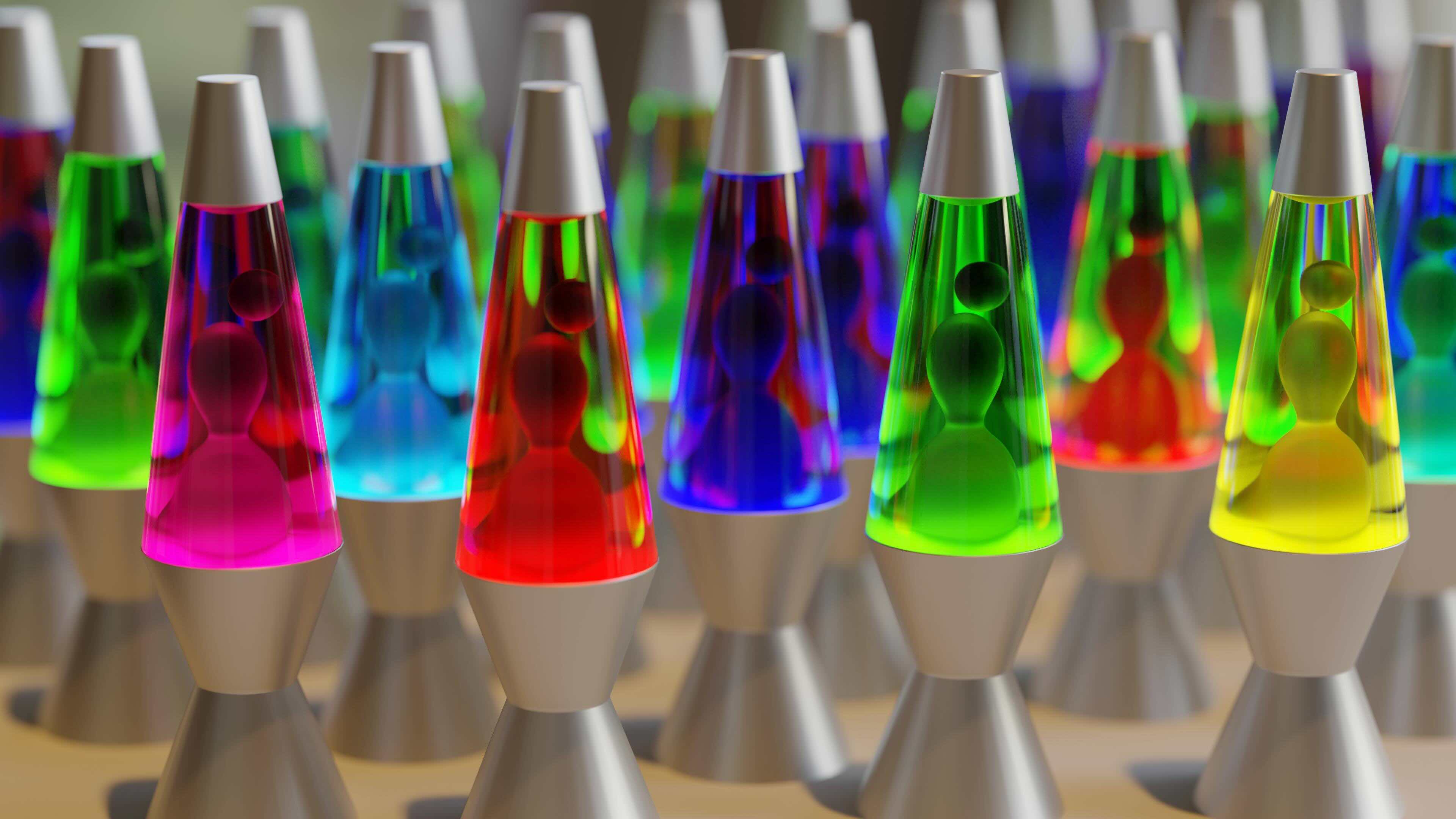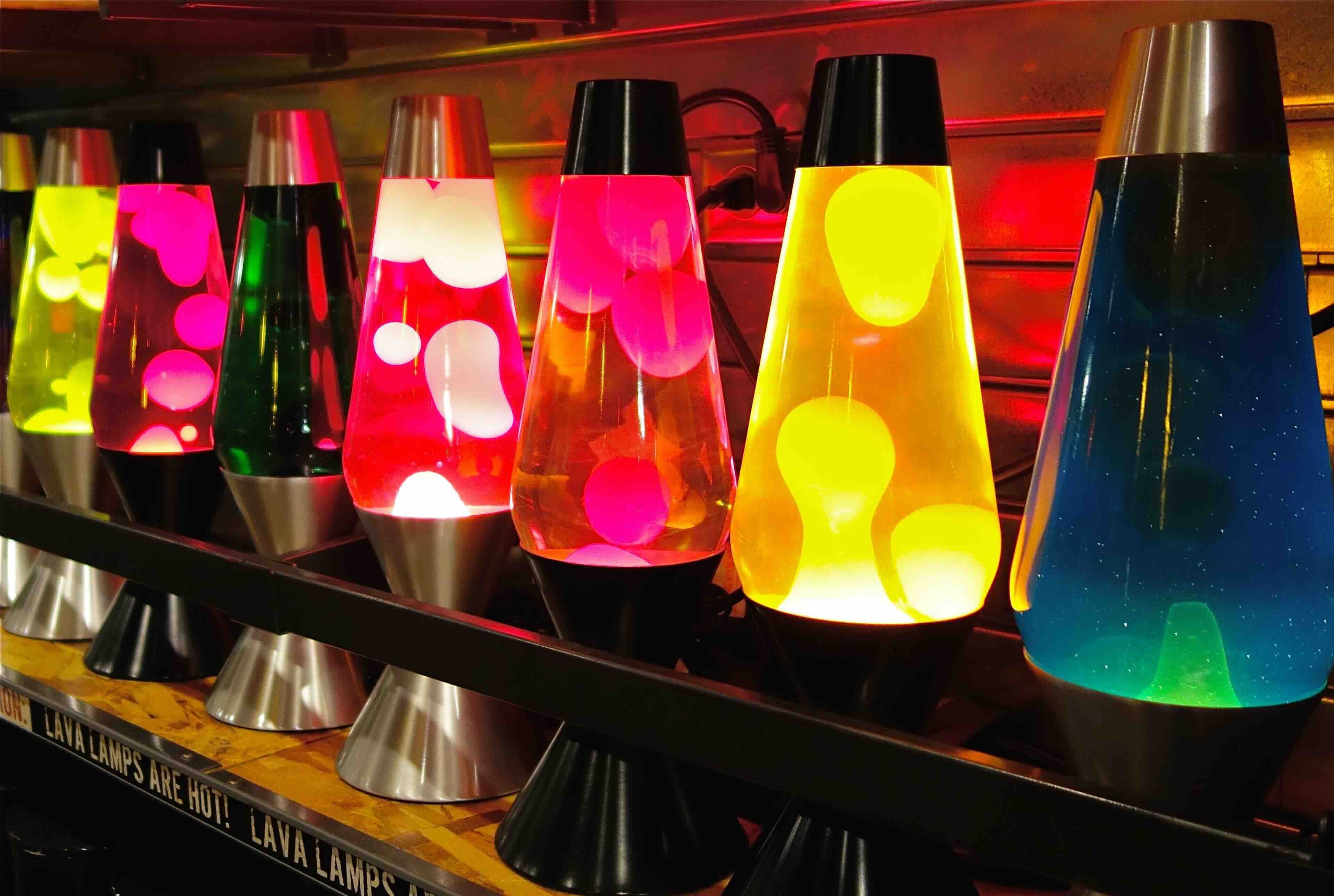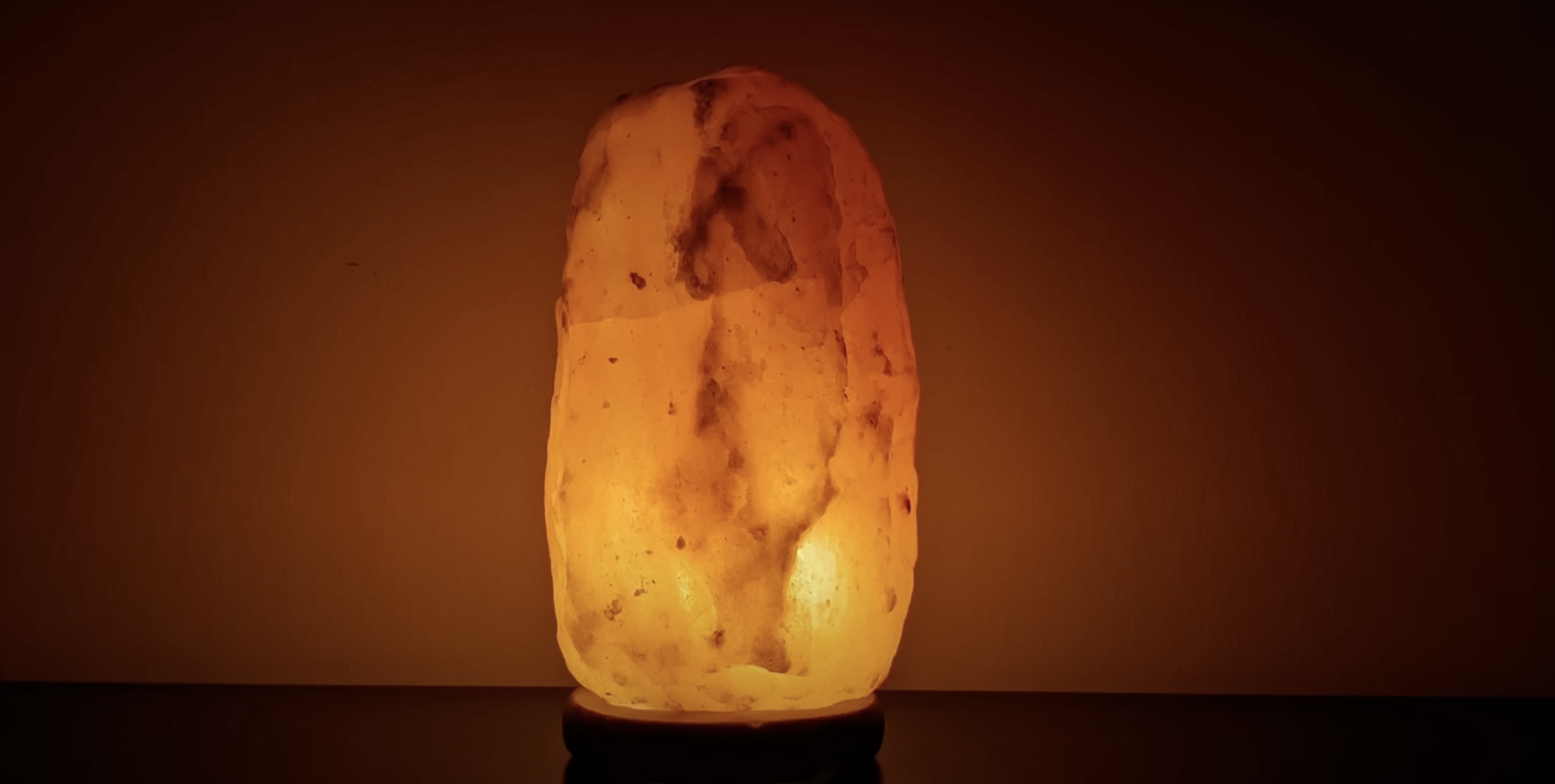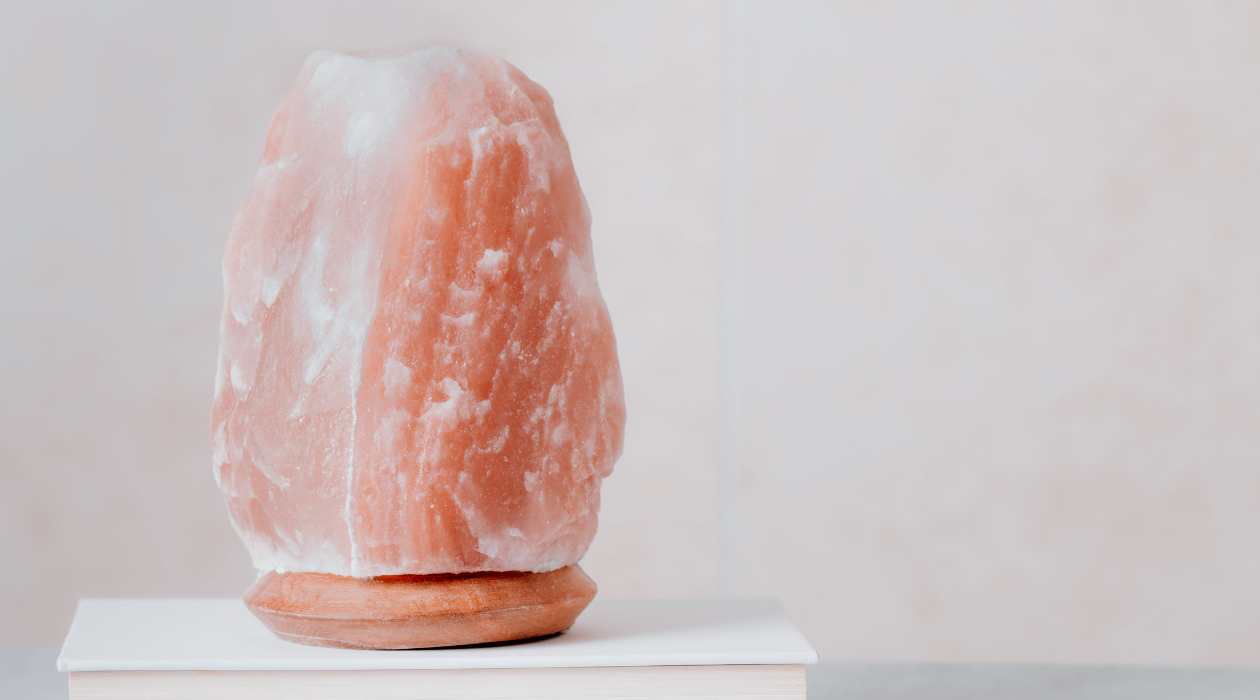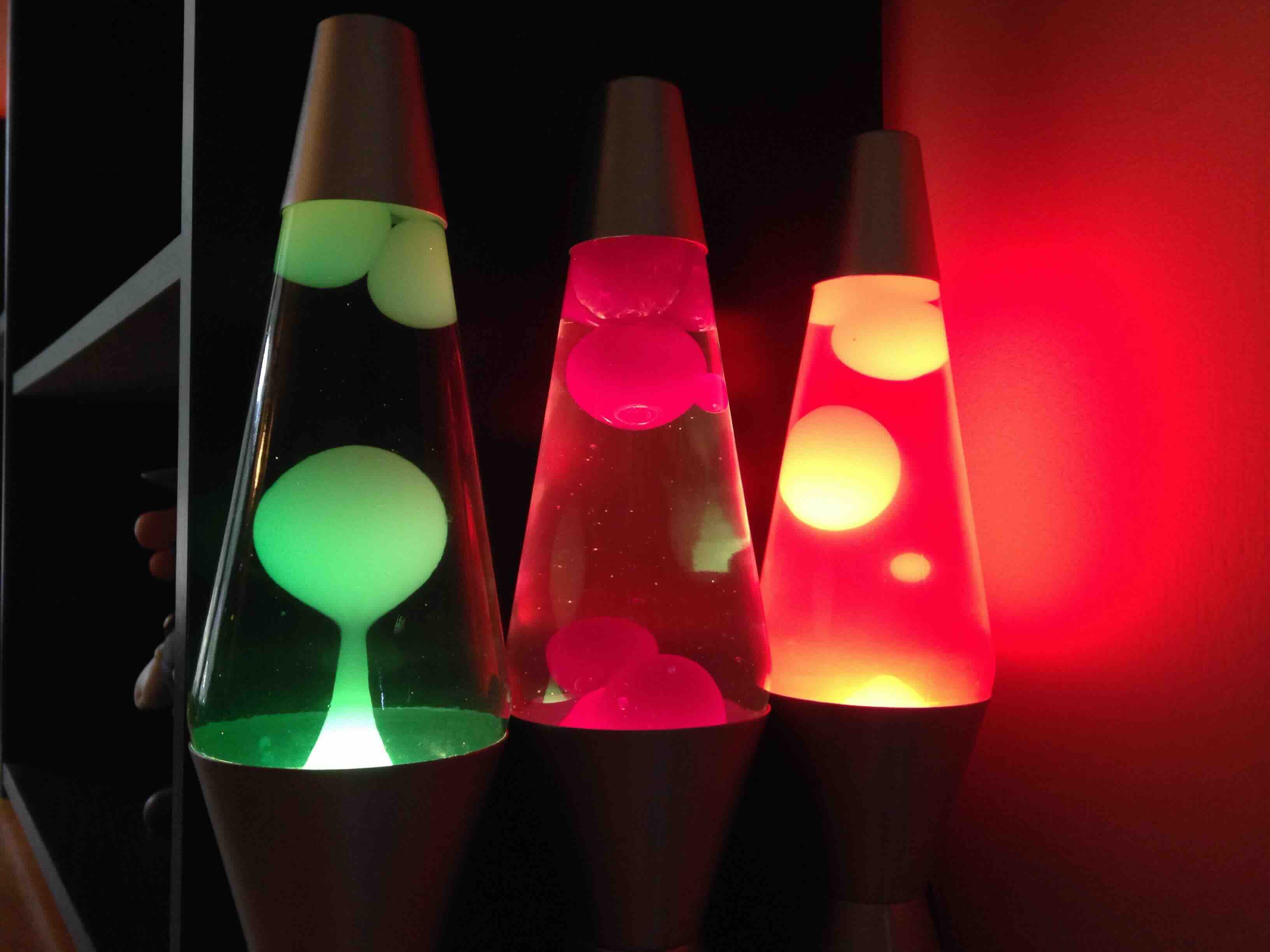

Furniture
Why Doesn’t My Lava Lamp Move?
Modified: December 7, 2023
Discover the solution to why your lava lamp isn't moving and learn how furniture can affect its performance. Fix your stagnant lava lamp today!
(Many of the links in this article redirect to a specific reviewed product. Your purchase of these products through affiliate links helps to generate commission for Storables.com, at no extra cost. Learn more)
Introduction
Lava lamps have been a beloved and iconic piece of decor for decades. With their mesmerizing shapes and soothing glow, they have the power to create a relaxing and nostalgic ambiance in any space. However, if you’ve ever found yourself wondering why your lava lamp isn’t moving as it should, you’re not alone. Many factors can contribute to a lava lamp’s lack of movement, and understanding these reasons can help you troubleshoot and bring your lava lamp back to life.
To understand why your lava lamp may be stagnant, it’s important to have a basic understanding of how these captivating devices work. Lava lamps consist of a glass vessel filled with a special combination of wax and liquid, usually a clear or colored oil. The glass vessel sits on top of a heat source, typically a bulb or a heating element, which generates the necessary heat to melt the wax and create the mesmerizing lava-like movement.
When the lamp is turned on, the heat causes the wax to heat up, expand, and rise to the top of the lamp. As the wax reaches the cooler upper portion of the lamp, it cools down, becomes denser, and starts to sink back to the bottom. This cycle is what creates the flowing motion of the lava lamp.
Unfortunately, various factors can hinder this delicate equilibrium, resulting in a stagnant lava lamp. In the following sections, we will explore some of the possible reasons why your lava lamp may not be moving as expected and provide troubleshooting tips to help you revive its captivating flow.
Key Takeaways:
- Troubleshooting your stagnant lava lamp is a creative and rewarding process that involves adjusting temperature, checking the heat source, and addressing wax or fluid issues to restore its mesmerizing flow.
- Patience and perseverance are key when troubleshooting a stagnant lava lamp. By addressing air bubbles, positioning, and experimenting with bulb wattage, you can revive the captivating movement and ambiance it brings to your space.
Read more: Why Isn’t My Lava Lamp Working?
Understanding the Mechanism of a Lava Lamp
A lava lamp may seem like a simple decorative item, but its mechanism is quite fascinating. The key components of a lava lamp are the wax, liquid, and heat source. Understanding how these elements interact is essential in comprehending why a lava lamp may not be moving.
The wax used in a lava lamp is a special type called paraffin wax. Paraffin wax has a low melting point, allowing it to easily transform from solid to liquid when heated. The liquid part of the lava lamp is usually a blend of mineral oil and various additives that help in viscosity control and coloration.
The heat source at the base of the lamp is responsible for generating the warmth required to melt the wax and create the mesmerizing movement. Typically, a small incandescent bulb or heating element is used for this purpose. When the bulb or heating element is turned on, it heats the base of the lamp, which transfers heat to the glass vessel containing the wax and liquid mixture.
As the wax heats up, it begins to expand and rises towards the top of the lamp. Once it reaches the cooler upper portion, it cools down and becomes denser, causing it to sink back to the bottom. This continuous cycle of heating, rising, cooling, and sinking creates the flowing motion that gives the lava lamp its iconic appeal.
It’s important to note that the design of a lava lamp is crucial for its functionality. The size and shape of the glass vessel, as well as the type and quantity of wax and liquid used, all contribute to the overall performance of the lamp. Even slight variations in these factors can affect the movement of the lava lamp.
Now that we have a basic understanding of the mechanism behind a lava lamp, let’s explore some of the possible reasons why your lava lamp may not be moving as expected and how to troubleshoot these issues.
Possible Reasons for Lava Lamp Inactivity
When your lava lamp is not moving, it can be frustrating. However, there are several common reasons why this may occur. Identifying these reasons can help you troubleshoot and get your lava lamp flowing again.
- Incorrect Temperature: Lava lamps require a specific temperature range for the wax to melt and move properly. If the temperature is too low, the wax will not melt adequately, resulting in minimal movement or complete inactivity. On the other hand, if the temperature is too high, the wax may become overly fluid and lose its characteristic “lava” effect.
- Insufficient Heat Source: The heat source at the base of the lava lamp is responsible for warming the wax. If the heat source is weak or malfunctioning, it won’t generate enough heat to melt the wax and initiate the flow. This can lead to a stagnant lava lamp.
- Faulty Wax or Fluid: The quality and composition of the wax and fluid inside the lava lamp can also impact its movement. If the wax is old, degraded, or contaminated, it may not flow properly. Similarly, if the fluid is too viscous or has impurities, it can hinder the movement of the wax.
- Air Bubbles: Air bubbles trapped within the wax or liquid can disrupt the flow of the lava lamp. These bubbles can prevent the wax from moving freely, resulting in a stagnant lamp. It’s important to ensure that the wax and liquid mixture is bubble-free for optimal performance.
- Incorrect Positioning or Disturbances: Lava lamps are sensitive to vibrations and disturbances. Placing the lamp on an uneven surface or subjecting it to constant movement can disrupt the delicate balance necessary for the wax to flow correctly. Similarly, relocating the lamp while it’s hot can cause the wax to cool and solidify in the wrong position, hindering its movement.
These are just a few of the possible reasons why your lava lamp may not be moving. By considering these factors and implementing the appropriate troubleshooting steps, you can alleviate the issue and restore the captivating flow of your lava lamp. In the next section, we will explore some troubleshooting tips to help you revive your stagnant lava lamp.
Incorrect Temperature
The temperature of a lava lamp is a critical factor in determining its ability to flow properly. If the temperature is too low, the wax will not melt sufficiently, resulting in sluggish or no movement at all. Conversely, if the temperature is too high, the wax may become overly fluid and lose its characteristic lava-like motion.
To ensure the correct temperature for your lava lamp, follow these steps:
- Check the bulb wattage: Ensure that you are using the correct wattage bulb recommended for your lava lamp. Using a bulb with a higher or lower wattage than recommended can impact the temperature. If your lamp does not have a specific wattage recommendation, try using a 25-watt bulb as a starting point.
- Allow sufficient warm-up time: Give your lava lamp enough time to reach the optimal temperature. Lava lamps typically require at least 1-2 hours of continuous operation to heat up properly. Patience is key when waiting for the wax to liquefy and start flowing.
- Adjust the surrounding temperature: The ambient room temperature can also affect the performance of your lava lamp. If the room is too cold or drafty, it can hinder the heating process. Make sure that the room temperature is within the recommended range of 68-74°F (20-23°C) for optimal lava lamp movement.
- Experiment with bulb distance: Sometimes, adjusting the proximity of the bulb to the base of the lava lamp can help regulate the temperature. Start by moving the bulb slightly closer or further away and observe the impact on the wax movement. Be cautious not to place the bulb too close, as it may generate excessive heat and damage the lamp.
By ensuring the correct temperature for your lava lamp, you can address one of the possible reasons for its inactivity. If the temperature adjustments do not yield satisfactory results, proceed to explore the other troubleshooting tips to revive your stagnant lava lamp.
Insufficient Heat Source
The heat source at the base of a lava lamp is crucial for generating the necessary warmth to melt the wax and initiate the captivating flow. If the heat source is weak or malfunctioning, your lava lamp may remain motionless. Here are some troubleshooting tips to address the issue of insufficient heat:
- Check the bulb: Start by verifying that the bulb in your lava lamp is functioning properly. Inspect the bulb for any signs of damage or if it has burned out. If the bulb is faulty, replace it with a new one of the correct wattage. Ensure that the bulb is securely attached and making good contact with the socket.
- Clean the bulb and base: Over time, dust and dirt can accumulate on the bulb and the base of the lamp, affecting its heat output. Switch off and unplug the lamp, then carefully clean the bulb and the base using a soft cloth or cotton swab. Removing any debris can improve the heat transfer and efficiency of the heat source.
- Verify the power source: Ensure that your lava lamp is plugged into a functional power outlet. Sometimes, a loose connection or a faulty outlet can result in insufficient power supply to the lamp, causing a lack of heat. Try plugging the lamp into a different outlet or using a different power cord to rule out any electrical issues.
- Consider a new heat source: If you’ve tried the above steps and your lava lamp still lacks sufficient heat, it may be time to replace the heat source. Consult the manufacturer’s instructions or contact customer support to acquire a replacement bulb or heating element specifically designed for your lava lamp model.
By addressing any issues related to the heat source, you can ensure that your lava lamp receives adequate warmth for the wax to melt and create its mesmerizing movement. If the heat source troubleshooting does not resolve the problem, continue exploring the other possible reasons for your stagnant lava lamp.
Check if the bulb is the correct wattage and the lamp is placed on a level surface. If it still doesn’t move, the wax may be overheated or the liquid may be too dense.
Read more: How To Fix My Lava Lamp
Faulty Wax or Fluid
The quality and condition of the wax and fluid inside a lava lamp directly impact its ability to flow smoothly. If the wax or fluid is faulty, degraded, or contaminated, it can hinder the movement of the lamp. Here are some troubleshooting tips to address issues related to the wax or fluid:
- Check the age and quality of the wax: Over time, the wax inside a lava lamp can degrade, losing its ability to flow properly. If you haven’t replaced the wax for an extended period, it’s possible that it needs refreshing. Consider replacing the old wax with a new one that is specifically designed for your lava lamp model.
- Inspect for wax discoloration or impurities: Examine the wax closely for any signs of discoloration or impurities. If the wax appears discolored or has clumps, it may be contaminated or of poor quality. In such cases, draining the existing wax and replacing it with fresh, high-quality wax can help restore the proper movement of the lava lamp.
- Assess the viscosity of the fluid: The fluid in a lava lamp should have the right viscosity to allow the wax to flow smoothly. If the fluid is too thick or too thin, it can impede the movement of the wax. If the fluid seems too thick, you can try adding a small amount of distilled water to dilute it slightly. Conversely, if the fluid is too thin, you may need to replace it with the appropriate viscosity fluid recommended for your lava lamp model.
- Use high-quality lava lamp products: When replacing wax or fluid, ensure that you use high-quality, specially formulated lava lamp products. Generic or inferior substitutes may not perform as well and can lead to subpar lava lamp movement.
By addressing any issues related to the wax or fluid, you can improve the flow and overall performance of your lava lamp. If troubleshooting the wax or fluid does not resolve the problem, continue exploring the other potential reasons for your stagnant lava lamp.
Air Bubbles
Air bubbles trapped within the wax or liquid of a lava lamp can hinder its movement and create a stagnant effect. These bubbles disrupt the smooth flow of the wax and impede its ability to rise and sink properly. Here are some troubleshooting tips to address air bubble-related issues:
- Tap or gently shake the lamp: Start by tapping or gently shaking the lava lamp to dislodge any trapped air bubbles. Be cautious not to shake it too vigorously, as this may cause the wax to splatter or create additional bubbles. Lightly tapping the lamp can help release the bubbles and restore the flow.
- Allow the lamp to settle: Sometimes, air bubbles can form due to excessive movement or transportation. If you have recently moved or transported your lava lamp, allow it to sit undisturbed for a few hours or overnight. This will give the bubbles a chance to rise to the surface and dissipate naturally.
- Rotate the lamp: Gently rotating the lamp can help redistribute the wax and encourage the air bubbles to rise and escape. While the lamp is turned off and cool, rotate it by slowly and steadily turning the base. This rotational movement can dislodge trapped bubbles and restore the smooth flow of the wax.
- Use a bubble-free liquid: If the air bubbles persist despite your best efforts, it may be beneficial to replace the liquid in your lava lamp with a bubble-free alternative. Consult the manufacturer’s instructions or contact customer support to inquire about bubble-resistant fluids specifically designed for your lava lamp model.
By addressing air bubble issues, you can improve the flow and movement of your lava lamp. If troubleshooting air bubbles does not resolve the problem, continue exploring the other potential reasons for your stagnant lava lamp.
Incorrect Positioning or Disturbances
The positioning and exposure of a lava lamp to various disturbances can affect its ability to flow properly. Even minor disruptions or improper placement can lead to a stagnant lava lamp. Here are some troubleshooting tips to address positioning and disturbance-related issues:
- Ensure a stable surface: Place your lava lamp on a stable and level surface. Uneven surfaces can cause the lamp to tilt or wobble, which can disrupt the flow of the wax. If needed, use a small level to ensure that the lamp is positioned correctly and adjust accordingly.
- Avoid vibrations and movement: Lava lamps are sensitive to vibrations and movements. Keep the lamp away from speakers, ventilation systems, or sources of vibrations like washing machines or loud appliances. Minimize any unnecessary movements or disturbances around the lamp to allow for uninterrupted flow.
- Allow the lamp to cool before moving: If you need to move your lava lamp, ensure that it has cooled down completely before doing so. Moving the lamp while it is still hot can cause the wax to solidify in an incorrect position, resulting in a stagnant flow. Allow ample time for the lamp to cool and the wax to solidify before relocation.
- Avoid direct sunlight: Direct exposure to sunlight can heat the lamp excessively and cause the wax to become overly fluid. This can result in a lack of proper movement or even damage to the lamp. Place your lava lamp away from direct sunlight and opt for a shaded area instead.
- Minimize air drafts: Air drafts can disrupt the balance and flow of a lava lamp by affecting the temperature around the lamp. Ensure that your lava lamp is positioned away from windows, doors, or fans that can create drafts. Minimizing air movement in the vicinity of the lamp can help maintain optimal temperature conditions.
By addressing incorrect positioning and disturbances, you can create an optimal environment for your lava lamp to flow smoothly. If troubleshooting these issues does not restore the movement of your lava lamp, continue exploring the other potential reasons for its inactivity.
Troubleshooting Tips for a Stagnant Lava Lamp
If your lava lamp is still not moving despite trying the aforementioned troubleshooting steps, here are some additional tips that may help revive its flow:
- Give it more time: Sometimes, lava lamps may take longer to warm up and start flowing, especially if they are larger or have been inactive for a while. Patience is key, so give your lamp some extra time to reach the optimal temperature and initiate movement.
- Experiment with bulb wattage: If the recommended bulb wattage does not provide satisfactory results, you can try different wattages within the recommended range for your lava lamp. Adjusting the wattage slightly up or down can impact the temperature and flow of the wax.
- Consult the manufacturer: If you have followed all the troubleshooting tips and your lava lamp still remains inactive, reach out to the manufacturer for guidance. They can provide specific advice based on the model of your lava lamp and assist with any warranty or technical support inquiries.
- Consider professional repair: In rare cases, when all else fails, you may need to seek professional repair services for your lava lamp. Professional technicians with experience in lava lamps can diagnose and fix any mechanical or electrical issues that might be causing the inactivity.
Remember to exercise caution and follow safety guidelines when troubleshooting and handling your lava lamp. Avoid touching the lamp while it is turned on or hot, and always unplug it before making any adjustments or modifications.
With a little patience and perseverance, most issues with stagnant lava lamps can be resolved. By implementing the troubleshooting tips provided, you have a good chance of rejuvenating the captivating flow of your lava lamp and restoring its beauty and ambiance to your space.
If, however, you are unable to restore the movement of your lava lamp, it may be time to consider purchasing a new one to enjoy the mesmerizing effects that these unique decor pieces offer.
Read more: Why Is My Lava Lamp Have A One Big Blob
Conclusion
Lava lamps have a timeless appeal, bringing a sense of relaxation and nostalgia to any space. When faced with a stagnant lava lamp, it can be frustrating, but the good news is that there are several troubleshooting steps you can take to revive its movement.
Understanding the mechanism of a lava lamp, which involves the interaction of wax, liquid, and heat, is essential in diagnosing the possible reasons for its inactivity. Incorrect temperature, insufficient heat source, faulty wax or fluid, air bubbles, and incorrect positioning or disturbances are common culprits.
By carefully addressing each of these factors, you can troubleshoot and overcome the issues that may be hindering your lava lamp’s flow. Adjusting the temperature, ensuring a proper heat source, refreshing the wax or fluid, eliminating air bubbles, and positioning the lamp correctly will help revive its captivating motion.
Throughout the troubleshooting process, it’s important to exercise patience and follow safety guidelines. Give your lava lamp adequate time to warm up, experiment with different bulb wattages, consult the manufacturer if needed, and consider professional repair if all else fails.
In the rare event that you are unable to revive your stagnant lava lamp, it may be time to consider purchasing a new one to continue enjoying the enchanting and soothing effects that these decorative pieces provide.
Remember, a lava lamp is not just a mere decorative item, but a captivating piece of art that adds a touch of whimsy to your space. With the right troubleshooting steps and a dash of creativity, you can restore the mesmerizing movement of your lava lamp and continue to enjoy its hypnotic glow.
Frequently Asked Questions about Why Doesn't My Lava Lamp Move?
Was this page helpful?
At Storables.com, we guarantee accurate and reliable information. Our content, validated by Expert Board Contributors, is crafted following stringent Editorial Policies. We're committed to providing you with well-researched, expert-backed insights for all your informational needs.
